The Anchiskhati Basilica of St. Mary (Georgian: ანჩისხატი, Anchiskhati) is a profoundly significant landmark in Tbilisi, holding the distinction of being the oldest surviving church in the city. Dating back to the 6th century, it’s a testament to Georgia’s ancient Christian heritage and its enduring architectural traditions.
Historical Significance:
Foundation: The basilica was constructed in the early 6th century by King Dachi Ujarmeli (King of Iberia), the son of the legendary King Vakhtang Gorgasali, who made Tbilisi the capital. It was originally dedicated to the Virgin Mary.
“Church of the Bell” (Zaris Eklesia): During the Arab rule from the 7th to 11th centuries, when many Christian practices were suppressed, Anchiskhati was reportedly the only church in Tbilisi whose bells continued to ring, earning it this distinctive nickname.
The “Anchiskhati” Name: The church received its current name in the 17th century. This was when a revered, miraculous icon of the Savior, believed to be “not made by human hands” (the Anchi Icon), was moved here from the Ancha Monastery in Klarjeti (a historical region now in Turkey) to protect it from Ottoman invasions. Though the original icon is now housed in the Art Museum of Georgia, the church retains its name in its honor.
Resilience and Restoration: Like many historical structures in Tbilisi, Anchiskhati has faced numerous destructions and reconstructions due to invasions by Persians, Turks, and others. Each time, it was painstakingly rebuilt, though often with alterations. A significant restoration occurred in the mid-20th century (1958-1964) to restore it closer to its original 6th-century basilica form, removing later additions like a 19th-century dome.
Soviet Era: During the Soviet period, the church was closed for worship and repurposed, serving at various times as a museum of handicrafts and an art studio. Religious services were thankfully restored after Georgia regained its independence in 1991.
Architectural Style and Features:
Three-Nave Basilica: Anchiskhati is a classic example of an early Christian three-nave basilica, which is considered one of the oldest styles of church architecture. Its elongated rectangular plan is divided into three parts by two pairs of internal supports.
Construction Materials: The original parts of the church were built using large, smoothly-hewn blocks of yellow tuff stone. Later restorations and additions, particularly from the 17th century, incorporated brickwork.
Apse and Entrances: The central nave culminates in a horseshoe-shaped apse on the eastern side, flanked by rectangular chambers. While it historically had three entrances (west, south, and north), today primarily the western entrance is in use.
Interior: The interior features frescoes, though many are from later periods (17th and 19th centuries) due to the extensive damage and restoration work. Fragments of older frescoes, including a notable 14th-century “Tree of Jesse” fresco above the altar that depicts the Bagrationi royal family, provide glimpses into its artistic past.
Bell Tower: To the west of the basilica stands a separate, two-story brick bell tower. Built in the 18th century by Catholicos Domentius, it also serves as the gate to the churchyard.
Location and Atmosphere:
Old Town Setting: Anchiskhati Basilica is nestled in the heart of Tbilisi’s Old Town, specifically on Ioane Shavteli Street, a short walk from the Gabriadze Clock Tower and the bustling Chardeni Street.
Quiet Serenity: Despite its central location, the church offers a sense of quiet reverence and historical depth. Its relatively simple, ancient appearance contrasts with the grandeur of later cathedrals, offering a more intimate spiritual experience.
Anchiskhati Choir: The church is home to the world-renowned Anchiskhati Choir, celebrated for its exquisite performances of traditional Georgian polyphonic choral music, adding to the basilica’s cultural significance.
Visiting Anchiskhati Basilica provides a profound connection to Tbilisi’s earliest Christian roots and allows one to appreciate the enduring spirit and resilience of the Georgian Orthodox faith.

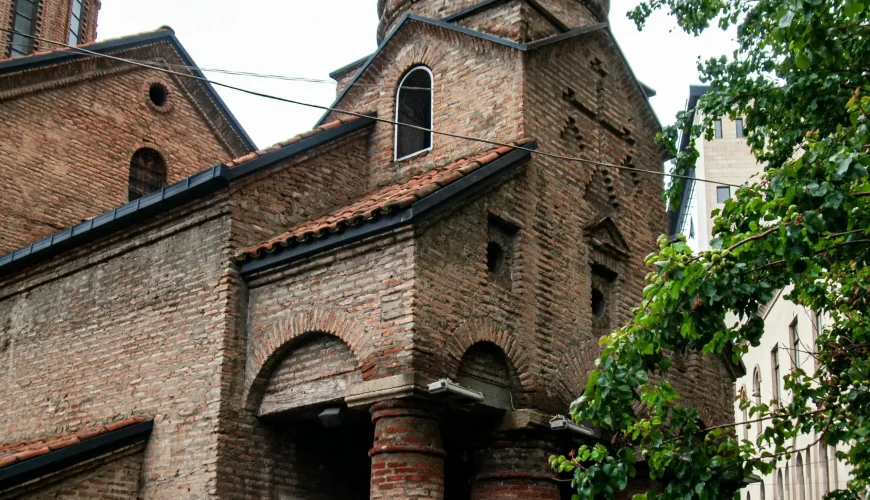
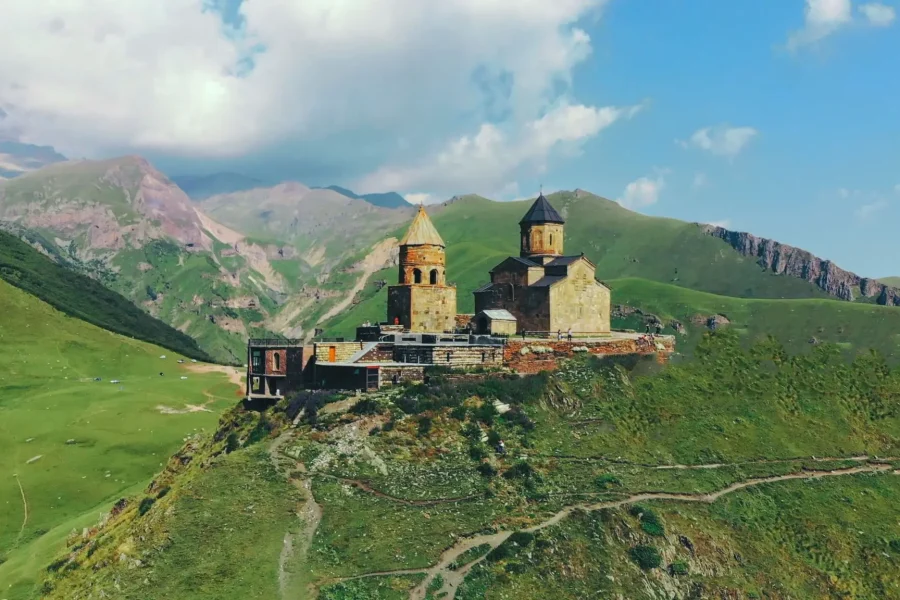
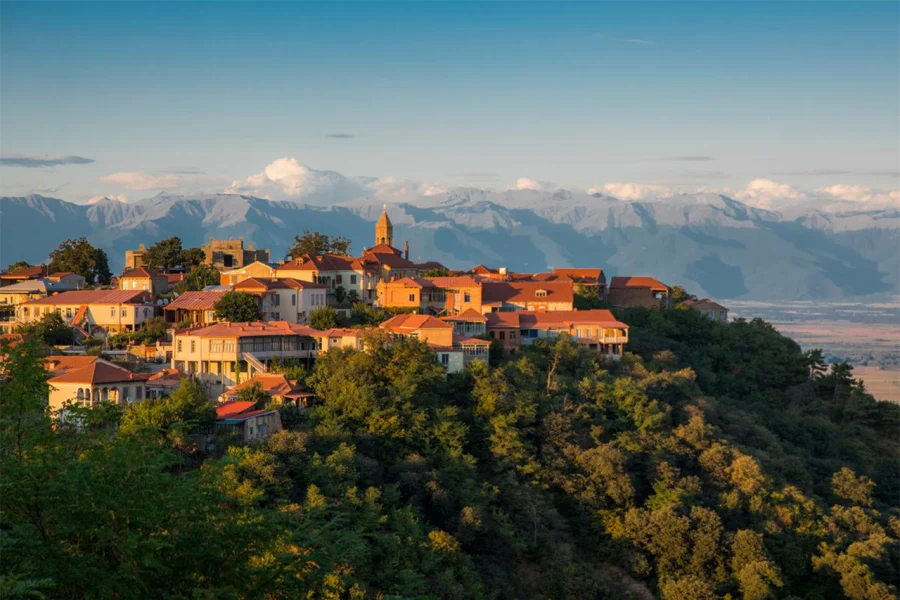
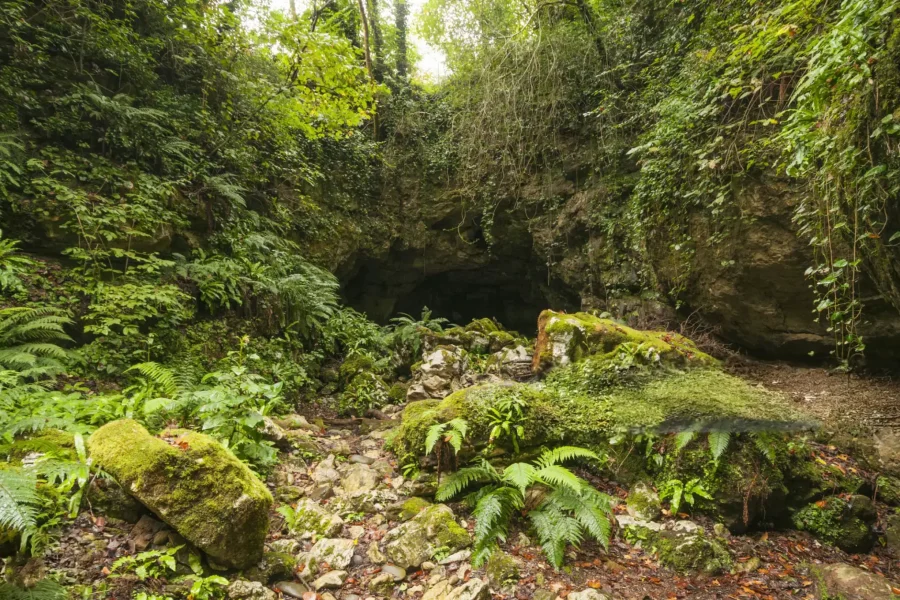

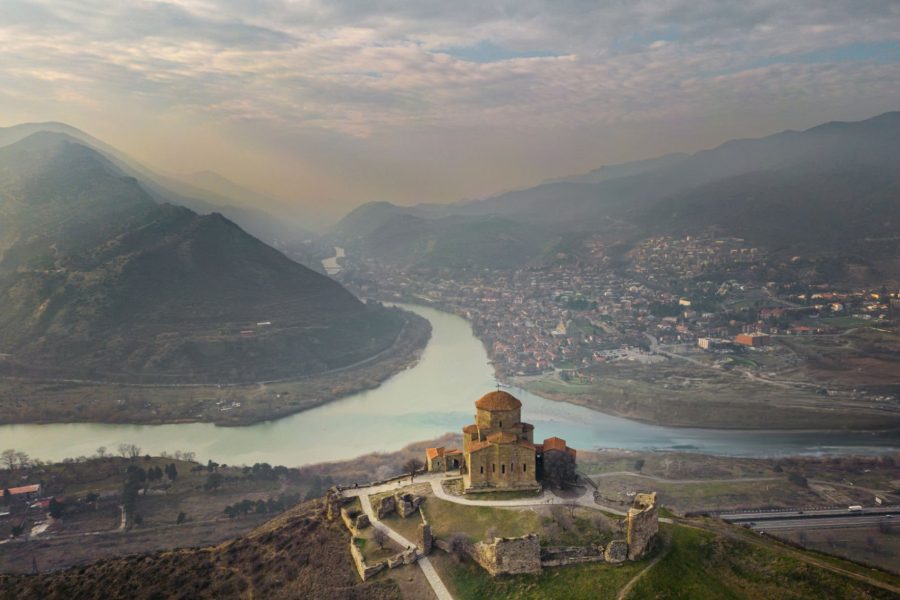
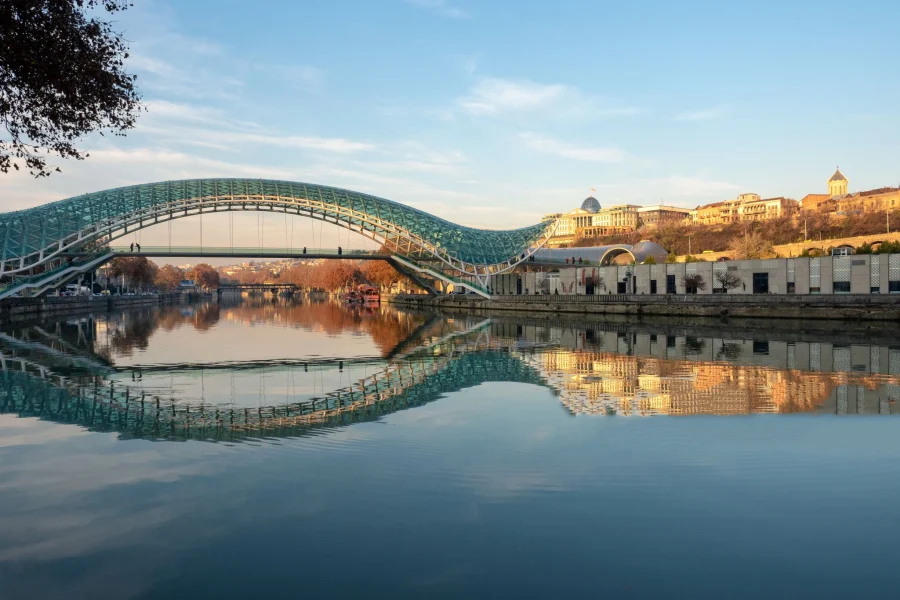
0 Comment